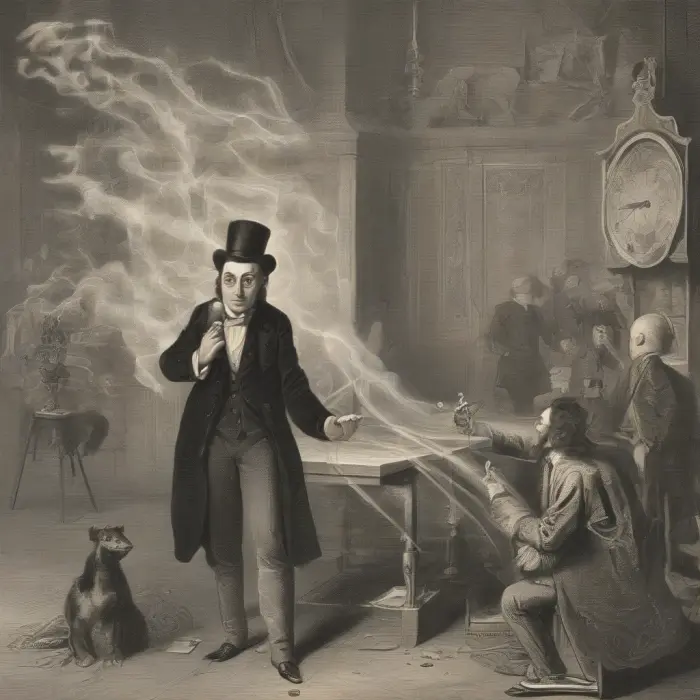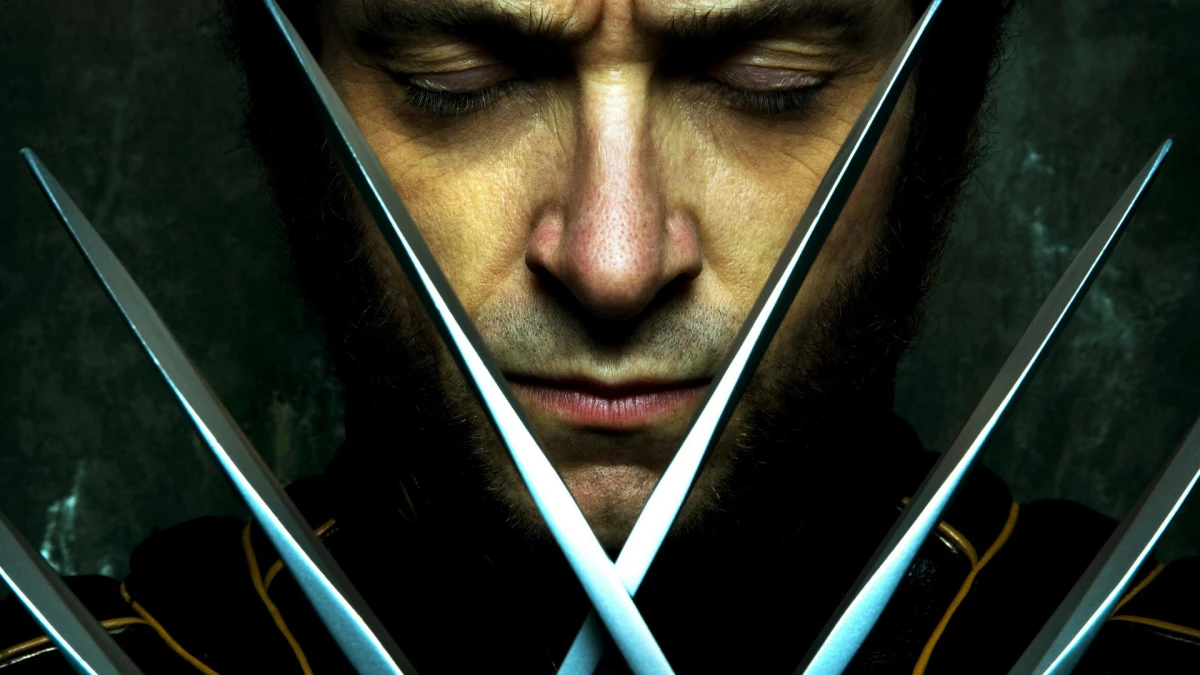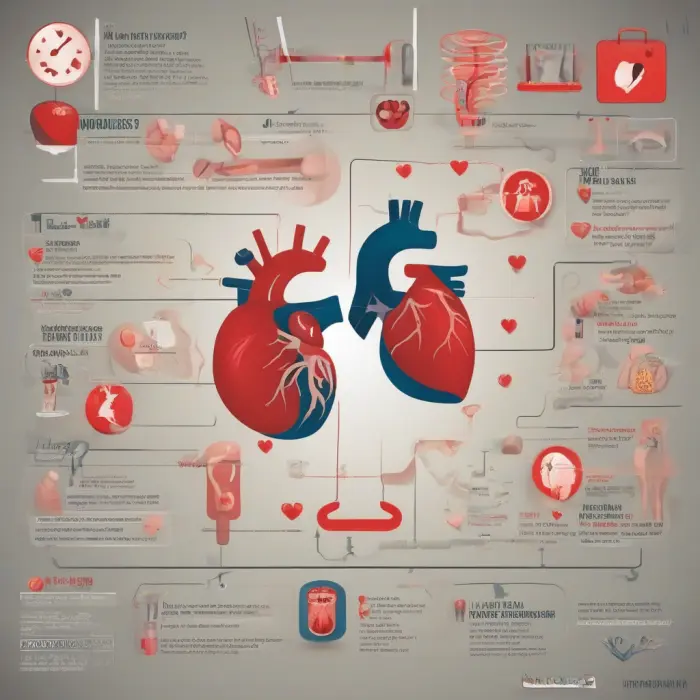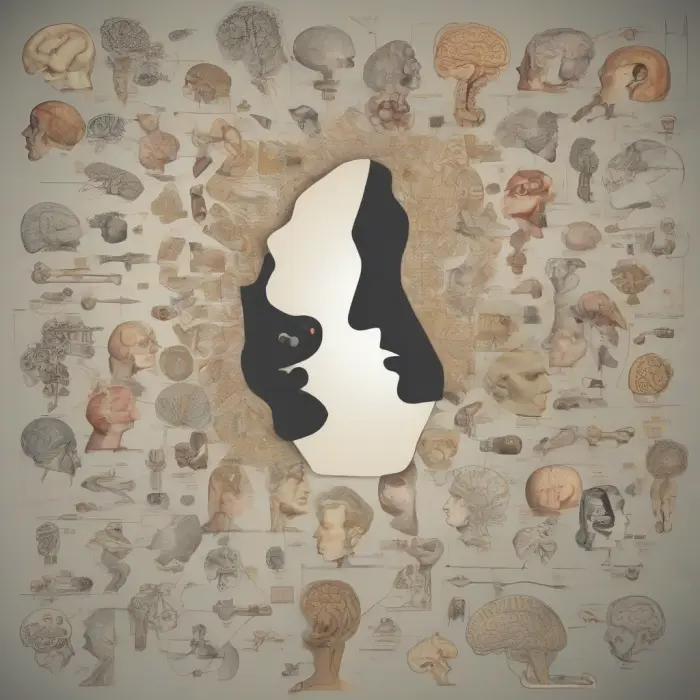Doctors from the University of California San Francisco have described the first ever successful treatment of a rare and highly lethal infectious disease. It concerns an infection with the single-celled amoeba Balamuthia mandrillaris, historically associated with over 90% mortality, without any specific therapy available. Using state-of-the art DNA sequencing technology as well as an experimental compound never tested in humans before, they were able to stop the infection and bring the patient back to life. Science magazine briefly recounts this clinical case story.
In the summer of 2021, an infection occurred in northern California. A 54-year-old man arrived at one of the state's hospitals with disorientation, speech impairment, and partial paralysis. After undergoing a tomography, it was revealed that massive damage of unknown origin had begun in his brain. Initial research aimed at eliminating such options as bacterial or fungal infection, tumor and tuberculosis did not give any definite results and medics had to carry out a biopsy of nervous tissue - in other words they had to cut off a piece of the patient's brain.
This potentially dangerous (with nervous tissue) procedure yielded a result - but only after a complete DNA readout was conducted from the sample. Since Balamuthia is an extremely rare infective agent (only 109 cases have been registered in the USA since the mid-seventies), it would be almost impossible to diagnose amoeba infection using methods such as PCR - for the list of potential variants that it would require testing against would be almost endless.
The key to successful diagnosis was full reading of the sample's DNA. It allowed to compare data about the genetic material inopsy with the sequence of this rare amoeba's DNA and thus reliably confirm infection. The amoeba Balamuthia mandrillaris itself, as well as its more well known distant relative Naegleria fowleri (Fowler's Naegleria), normally inhabits soil and water and leads a free lifestyle - that is, it is not parasitic. However, very rarely it can penetrate into brain. In case of naegleriosis this happens due to bathing in warm stagnant bodies of water infected when amoeba gets into nasal cavity, then through
If the brain infection has already occurred, the organism is almost helpless against the amoebae onslaught. The single-celled organisms begin to devour brain cells instead of their usual food, soil and water bacteria, and in most cases the immune system can do nothing about it. Due to neuron destruction, human cognitive functions gradually deteriorate, and massive inflammation in the brain eventually leads to death.
Ordinary antibiotics are also powerless in this case, as they act on bacteria and their very specific "biochemical targets" (cell wall, certain proteins etc.), but amoebas are not bacteria - they are single-celled animals that from the point of view of antibiotics do not differ greatly from human own cells. Of course, in addition to antibiotics there is a large number of similar in function (but not composition) antiparasitic substances, however giardiasis and balantidiasis all of them are ineffective.
It was only possible to save the patient because several years ago, researchers from the University of California and a biobank sponsored by Mark Zuckerberg's and his wife Priscilla Chan's foundation conducted laboratory testing of a library of more than two thousand compounds for their effect on babesiosis. One of the connections that showed comparatively good results in 2018 in vitro was nitroxoline, a class of chinolone connections. It had not been registered as an antiparasitic agent nor ever tested for such purposes on humans. However, in the case of California's patient, doctors were able to get emergency approval from FDA (Food and Drug Administration) for its use.
For the medical experts and FDA evaluators, it was essentially a last resort, as all initial attempts to treat the infection with a 47-drug cocktail had failed—brain damage continued to progress, and the therapy was highly toxic to the body. Nitroxoline, previously used for treatment of one type of bladder cancer, surprisingly proved effective in fighting an amoeba that ate neurons – results from combined therapy were seen by day 15 and since then the patient’s condition has not worsened. Nevertheless, doctors emphasize that key element of success was not even so much selection of drugs but approach to diagnostics — usage of DNA sequencing technology to detect extremely rare infectious agent most doctors have never encountered in practice throughout their life
Powered by Froala Editor










